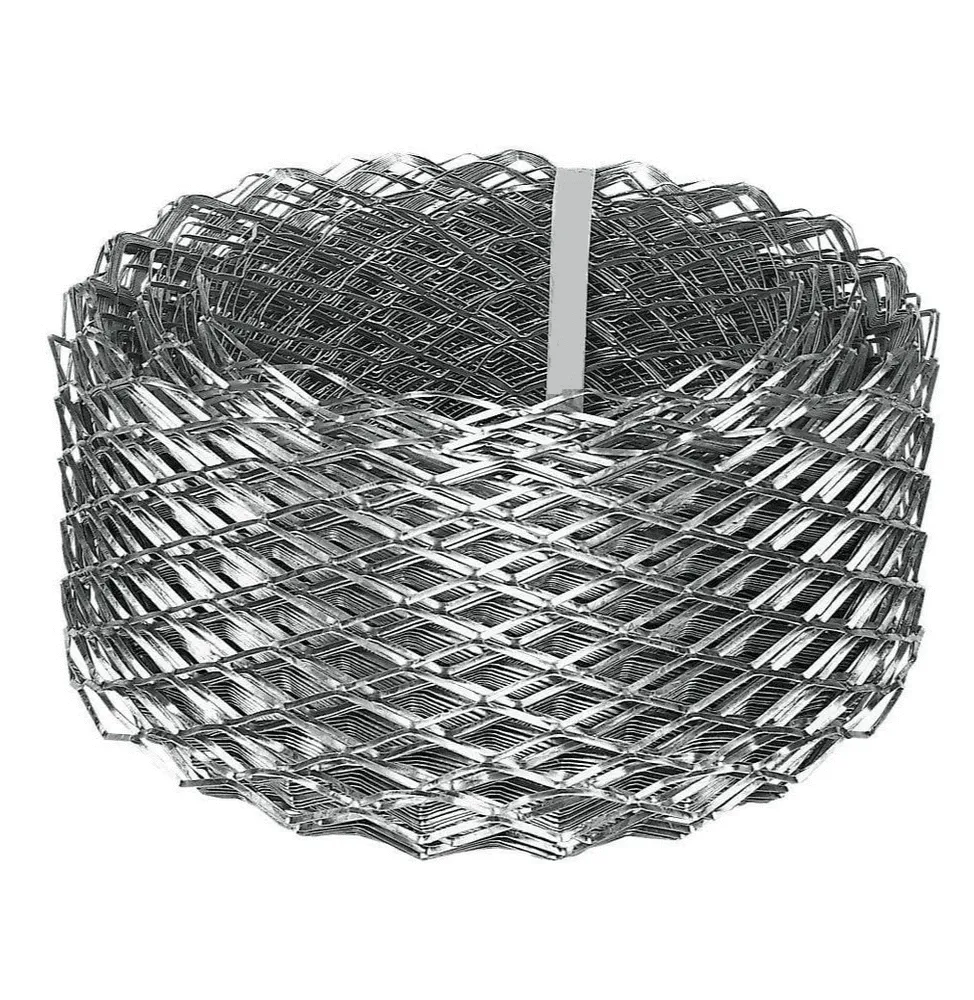
- Mobile Phone
- +8613931874955
- sales@cntcmetal.com
200mm Wall Ties for Secure Construction and Stability
Understanding 200mm Wall Ties Significance and Applications in Construction
Wall ties are critical components in the construction and masonry industries. They serve a fundamental role in providing structural stability and integrity to walls, especially when dealing with cavity walls or buildings with multiple layers. One common specification is the 200mm wall tie, which refers to the length of the tie used to connect different sections of a wall.
What are Wall Ties?
Wall ties are metal connectors that secure two or more layers of masonry, primarily in cavity wall construction. They ensure the outer layer is adequately tied to the inner layer, preventing the outer layer from moving independently. This is vital for maintaining the alignment and stability of the structure, which is essential for long-term durability and safety.
The Importance of 200mm Wall Ties
The specification of 200mm for wall ties refers to the length of the ties used. Choosing the right length is essential as it influences the overall strength and effectiveness of the ties. A 200mm wall tie is typically used in standard cavity wall constructions, where the distance between the inner and outer leaves of the wall is approximately 100mm to 150mm. The length provides sufficient penetration and engagement into both layers to ensure they are effectively bonded.
Benefits of Using Wall Ties
1. Structural Integrity The primary function of wall ties is to stabilize the wall structure. By connecting different layers, they prevent movement that can lead to structural problems such as cracking and bowing.
200mm wall ties

2. Moisture Control Wall ties can help manage moisture within the cavity wall system, especially when integrated with other components like weep holes and moisture barriers. This ensures that moisture does not accumulate, which can lead to mold growth and other issues.
3. Load Distribution In buildings subject to various loads, such as wind or seismic activity, wall ties distribute these forces across the entire structure. This distribution helps prevent localized stress that could lead to failure.
Installation Guidelines
Proper installation is crucial for the effectiveness of wall ties. When installing 200mm wall ties, it is essential to adhere to manufacturer recommendations and relevant building codes. The ties should be installed at specific intervals—typically every 600mm vertically and 900mm horizontally in brickwork—to ensure optimal performance.
Maintenance and Inspection
Understanding the importance of wall ties also necessitates regular inspection and maintenance. Over time, wall ties can corrode or become loose due to environmental factors or wear and tear. This could compromise the stability of the structure. Regular checks, particularly after severe weather events or on older buildings, can help identify potential issues early, allowing for repairs before catastrophic failures occur.
Conclusion
200mm wall ties play an indispensable role in modern construction, particularly in cavity wall systems. They are essential for ensuring structural integrity, controlling moisture, and distributing loads effectively. Understanding their importance, installation protocols, and the need for ongoing maintenance contributes to the longevity and safety of buildings. As construction practices evolve, so too will the technology and methods surrounding wall ties, making it essential for professionals in the field to stay informed on best practices.
share:
-
Why Sacrificial Formwork Is Redefining Underground ConstructionNewsJun.06,2025
-
The Structural Dynamics of Modern Concrete: How Snake Spacers Revolutionize Flexible ReinforcementNewsJun.06,2025
-
Snake Spacers Smart-Lock Concrete Reinforcement with Surgical PrecisionNewsJun.06,2025
-
Snake Spacers: Reinforcement Precision for Modern Concrete ProjectsNewsJun.06,2025
-
Snake Spacers Powering Concrete's Structural DNANewsJun.06,2025
-
Slither into Success: Snake Spacers' Precision Bite for Unbreakable ReinforcementNewsJun.06,2025
-
Sacrificial Formwork: Building Stronger, Faster, and Safer StructuresNewsJun.06,2025



















